Cookies are a beloved treat that can bring joy with every bite, but there’s nothing quite like biting into a cookie that’s perfectly fluffy and not flat. If you’ve ever wondered how to transform your cookies from flat to fluffy, you’re in the right place! We’ll dive into the science behind cookie texture, common issues that cause flat cookies, and tips to achieve that delightful fluffiness. 🍪✨
The Science Behind Cookie Texture
Understanding why cookies sometimes come out flat and how to make them fluffier involves a bit of science. Several key factors influence the texture of your cookies:
- Ingredients: The balance and quality of ingredients like flour, fats, and sugars play a significant role. All-purpose flour provides structure, while butter adds richness and flavor. The combination of these ingredients affects how cookies spread and rise. For more insights on ingredient impacts, check out King Arthur Baking’s tips.
- Baking Agents: Leavening agents such as baking soda and baking powder are crucial. Baking soda needs an acid to activate, while baking powder already contains an acid. These agents produce carbon dioxide, which causes cookies to rise. If these agents are old or ineffective, cookies may not rise properly. Learn more about how these agents work on America’s Test Kitchen.
- Temperature: Both the dough and the oven temperature are critical. If your dough is too warm, it can cause excessive spreading. An oven that’s too hot will also make cookies spread out before they have a chance to set. Using an oven thermometer ensures the temperature is just right for optimal cookie baking.
- Mixing Method: The way you mix your cookie dough can also impact the texture. Overmixing can develop too much gluten, leading to denser cookies. It’s important to mix until just combined to maintain a light and fluffy texture.
By understanding these scientific principles, you can better control your baking process and achieve the desired cookie texture.
Ingredient Matters: How to Use Them for Fluffier Cookies
The ingredients you choose and how you use them can make a significant difference in achieving fluffier cookies. Here’s a detailed look at how each ingredient impacts cookie texture:
- Flour: Using all-purpose flour is generally best for cookies. It provides the right amount of protein needed to create a stable cookie structure. Measuring flour correctly is crucial; spoon it into the measuring cup and level it off to avoid using too much. For detailed guidance on flour measurement, refer to King Arthur Baking’s expert advice.
- Fats: The type of fat you use affects both flavor and texture. Butter provides great flavor but can cause cookies to spread more. Shortening, on the other hand, can help cookies maintain their shape. A combination of butter and shortening can offer a balance between flavor and structure.
- Sugars: Granulated sugar contributes to spreading because it melts during baking, while brown sugar adds moisture and creates a chewier texture. Adjusting the ratio of these sugars can help you control how much your cookies spread.
- Leavening Agents: Both baking powder and baking soda are used to make cookies rise. Baking powder is double-acting and releases gas twice—once when mixed with the wet ingredients and again when heated. Baking soda, a single-acting agent, needs an acid to react. Make sure these agents are fresh to ensure they work effectively. For more details, see America’s Test Kitchen’s explanation.
Common Mistakes Leading to Flat Cookies
Flat cookies often result from several common baking mistakes. Identifying and correcting these issues can help you achieve fluffier results:
- Overmixing Dough: When you mix cookie dough too much, you develop the gluten in the flour, which can lead to tough, dense cookies. Mix just until the ingredients are combined to keep your cookies light and airy.
- Using Too Much or Too Little Flour: Incorrect flour measurement can lead to flat cookies. Too much flour makes the dough dry and crumbly, while too little flour can cause excessive spreading. Use a spoon to scoop flour into your measuring cup and level it off for accuracy. For more on proper flour use, check King Arthur Baking’s tips.
- Incorrect Oven Temperature: An oven that’s too hot can cause cookies to spread too quickly before they have a chance to set. Always preheat your oven and consider using an oven thermometer to ensure the temperature is accurate. This helps in achieving even baking and prevents flat cookies.
- Using Old or Ineffective Leavening Agents: Leavening agents lose their effectiveness over time. If your baking soda or baking powder is old, it may not provide the lift needed to make your cookies fluffy. Ensure your leavening agents are fresh and store them properly.
- Not Chilling the Dough: Chilling the dough before baking solidifies the fat and helps prevent spreading. Refrigerate your dough for at least 30 minutes to ensure it holds its shape during baking.
Techniques to Achieve Fluffy Cookies
Achieving fluffy cookies requires more than just the right recipe. Employing specific techniques can make a big difference. Here’s how to perfect your baking process:
- Chilling the Dough: Chilling cookie dough is one of the simplest yet most effective techniques for achieving fluffier cookies. When you chill the dough, the fat (usually butter) in the dough solidifies. This solidification helps the dough maintain its shape during baking, reducing spread. For best results, chill your dough for at least 30 minutes before baking. If you’re in a hurry, you can even chill the dough in the freezer for a shorter period. Check out this method in more detail at King Arthur Baking’s tips.
- Proper Mixing Techniques: The way you mix your dough impacts the texture of your cookies. Overmixing can develop too much gluten, leading to denser cookies. Mix your dough until just combined, which ensures that the flour is incorporated without overworking the dough. This technique helps keep your cookies tender and fluffy. For more on mixing methods, you might find America’s Test Kitchen’s insights useful.
- Correct Oven Temperature: Accurate oven temperature is crucial for cookie texture. An oven that’s too hot will cause the edges of your cookies to set too quickly, while the centers remain raw. An oven that’s too cool will lead to undercooked cookies. Using an oven thermometer can help you bake at the right temperature consistently. Preheat your oven and consider using an oven thermometer to ensure even baking.
- Using a Cookie Scoop: A cookie scoop helps you portion out dough evenly, which is key for uniform baking. This not only ensures that your cookies bake evenly but also helps them maintain a consistent shape and size, contributing to a fluffy texture. Using a scoop can prevent some cookies from spreading more than others, ensuring a more consistent result.
- Adjusting Baking Time: Keeping an eye on baking time can prevent overbaking. Overbaked cookies tend to be crisp rather than fluffy. Start checking your cookies a few minutes before the recipe’s suggested baking time. Remove them from the oven when the edges are just starting to turn golden brown, but the centers are still soft. This will help you achieve the perfect fluffy texture.
Additional Tips for Perfect Cookies
In addition to techniques, here are more tips to help you achieve the perfect cookie every time:
- Use Fresh Ingredients: Fresh butter, baking powder, and baking soda are essential for the best results. Old or expired ingredients can lead to poor texture and flavor. Regularly check the freshness of your baking ingredients to ensure optimal performance. Learn more about ingredient freshness at King Arthur Baking.
- Experiment with Ingredient Ratios: If you’re looking for a specific texture, don’t be afraid to experiment with ingredient ratios. Adjusting the amount of flour, sugar, or fat can affect the fluffiness of your cookies. For example, increasing the flour slightly can help cookies hold their shape better.
- Consider High-Quality Chocolate: If your recipe includes chocolate, using high-quality chocolate chips or chunks can enhance both flavor and texture. High-quality chocolate can contribute to a richer, more satisfying cookie.
- Use Parchment Paper: Lining your baking sheets with parchment paper can prevent cookies from sticking and help them bake more evenly. It also makes cleanup easier and can contribute to a more consistent cookie texture.
FAQs on Making Fluffier Cookies
Why are my cookies always flat?
Flat cookies can result from several factors, including too much butter or sugar, insufficient flour, or an incorrect oven temperature. It’s essential to follow the recipe closely and use accurate measurements. For more on ingredient impacts, see King Arthur Baking’s tips.
How can I adjust my recipe to make cookies fluffier?
To make cookies fluffier, try reducing the amount of butter or increasing the flour. Adding a bit more baking powder can also help. Experiment with these adjustments to find the right balance for your recipe. For more detailed advice, refer to America’s Test Kitchen.
Does the type of flour affect the fluffiness of cookies?
Yes, the type of flour used can significantly impact cookie texture. For instance, all-purpose flour is typically the best choice for cookies, as it provides the right balance of structure and tenderness. Consequently, this balance helps achieve the desired cookie texture. However, if you use too much flour, the dough may become dry and crumbly, leading to cookies that are too dense. Conversely, using too little flour can result in cookies that spread excessively, creating flat and thin cookies. Therefore, it’s crucial to measure flour accurately to ensure the proper consistency of the dough and achieve cookies that rise and spread just right.
Can using more baking powder make cookies fluffier?
Increasing the amount of baking powder can help make cookies fluffier, but be cautious not to use too much, as it can result in a bitter taste. Ensure you use fresh baking powder for the best results.
How important is chilling cookie dough for fluffiness?
Chilling cookie dough is very important for achieving fluffiness. It helps solidify the fat, which prevents the cookies from spreading too much during baking. Chill your dough for at least 30 minutes for the best results.
What role does butter play in cookie texture?
Butter adds flavor and richness to cookies but can also cause them to spread more. Balancing butter with other ingredients and using chilled dough can help achieve a fluffier texture.
Are there specific types of cookies that are easier to make fluffy?
Certain cookie recipes are inherently fluffier due to their ingredient ratios. For instance, sugar cookies and drop cookies with higher flour content and less butter are often fluffier. Experiment with different recipes to find the ones that work best for you.
Expert Advice: Insights from Professional Bakers
To achieve the perfect fluffy cookie, professional bakers offer valuable insights based on years of experience and expertise. Here are some top tips from the pros:
- Balancing Ingredients: Professional bakers often emphasize the importance of balancing ingredients to achieve the ideal texture. Using a combination of butter and shortening can help achieve both flavor and a desirable texture. Butter provides richness, while shortening helps cookies maintain their shape and prevents excessive spreading. For more on ingredient balance, see insights from America’s Test Kitchen.
- Proper Dough Handling: According to baking experts, handling dough properly is crucial. Overmixing can develop too much gluten, leading to tough cookies. Instead, mix the dough just until combined to keep it tender and fluffy. Additionally, experts recommend letting the dough rest before baking, which can enhance flavor and texture. For more on dough handling, check King Arthur Baking’s expert advice.
- Chilling Techniques: Many professional bakers advocate chilling cookie dough as an essential step for achieving the perfect texture. Chilling the dough not only helps prevent spreading but also allows the flavors to meld. Some professionals recommend chilling the dough for up to 24 hours for the best results. If you’re short on time, a minimum of 30 minutes can still make a significant difference.
- Using the Right Tools: High-quality baking tools can also impact the final product. Using a cookie scoop ensures consistent size and shape, while a good quality baking sheet ensures even heat distribution. Consider investing in these tools to improve your baking outcomes.
- Experimentation and Tasting: Professional bakers often emphasize the importance of experimentation. Don’t be afraid to adjust ingredient ratios and baking times based on your preferences. Tasting and tweaking your recipes can help you discover the perfect combination for your ideal cookie.
Recipe Examples for Fluffy Cookies
Here are some tried-and-true recipes that exemplify how to make fluffy cookies. These recipes incorporate the techniques and tips discussed earlier:
Basic Fluffy Cookie Recipe
Ingredients:
- 2 ¼ cups all-purpose flour
- 1 tsp baking powder
- ½ tsp baking soda
- ½ tsp salt
- 1 cup unsalted butter, softened
- 1 cup granulated sugar
- ½ cup brown sugar
- 2 large eggs
- 1 tsp vanilla extract
Instructions:
- Preheat your oven to 350°F (175°C). Line a baking sheet with parchment paper.
- In a medium bowl, whisk together flour, baking powder, baking soda, and salt.
- In a large bowl, cream together butter, granulated sugar, and brown sugar until light and fluffy.
- Beat in eggs one at a time, then stir in vanilla extract.
- Gradually mix in the dry ingredients until just combined.
- Scoop dough onto prepared baking sheets and chill for at least 30 minutes.
- Bake for 10-12 minutes, or until the edges are golden brown but the centers are still soft.
Variation: Chocolate Chip Fluffy Cookies
Ingredients:
- 2 ¼ cups all-purpose flour
- 1 tsp baking powder
- ½ tsp baking soda
- ½ tsp salt
- 1 cup unsalted butter, softened
- 1 cup granulated sugar
- ½ cup brown sugar
- 2 large eggs
- 1 tsp vanilla extract
- 1 cup chocolate chips
Instructions:
- Follow the same steps as the basic recipe, adding chocolate chips to the dough just before scooping.
- Bake as directed, keeping an eye on the cookies to ensure they don’t overbake.
Variation: Oatmeal Raisin Fluffy Cookies
Ingredients:
- 1 ¾ cups all-purpose flour
- 1 tsp baking powder
- ½ tsp baking soda
- ½ tsp salt
- 1 cup unsalted butter, softened
- 1 cup granulated sugar
- ½ cup brown sugar
- 2 large eggs
- 1 tsp vanilla extract
- 1 ½ cups old-fashioned oats
- 1 cup raisins
Instructions:
- Follow the basic recipe instructions, incorporating oats and raisins into the dough along with the dry ingredients.
- Bake as directed, adjusting time as needed based on the size of the cookies.
Conclusion:
Mastering the art of fluffy cookies involves understanding the science behind baking, applying proper techniques, and utilizing expert advice. By balancing ingredients, handling dough correctly, and employing effective baking techniques, you can transform your cookies into fluffy delights. Remember, experimentation is key—don’t be afraid to adjust recipes and try new methods to achieve your perfect cookie.
For additional guidance and inspiration, you might enjoy exploring a delightful twist on classic cookies with Strawberry Cheesecake Cookies. This recipe offers a unique take on dessert, adding a delicious and creative flair to your baking repertoire.
With these insights and tips, you’re well on your way to baking cookies that are not only delicious but also perfectly fluffy. Happy baking! 🍪✨

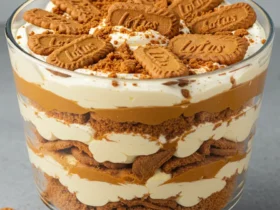
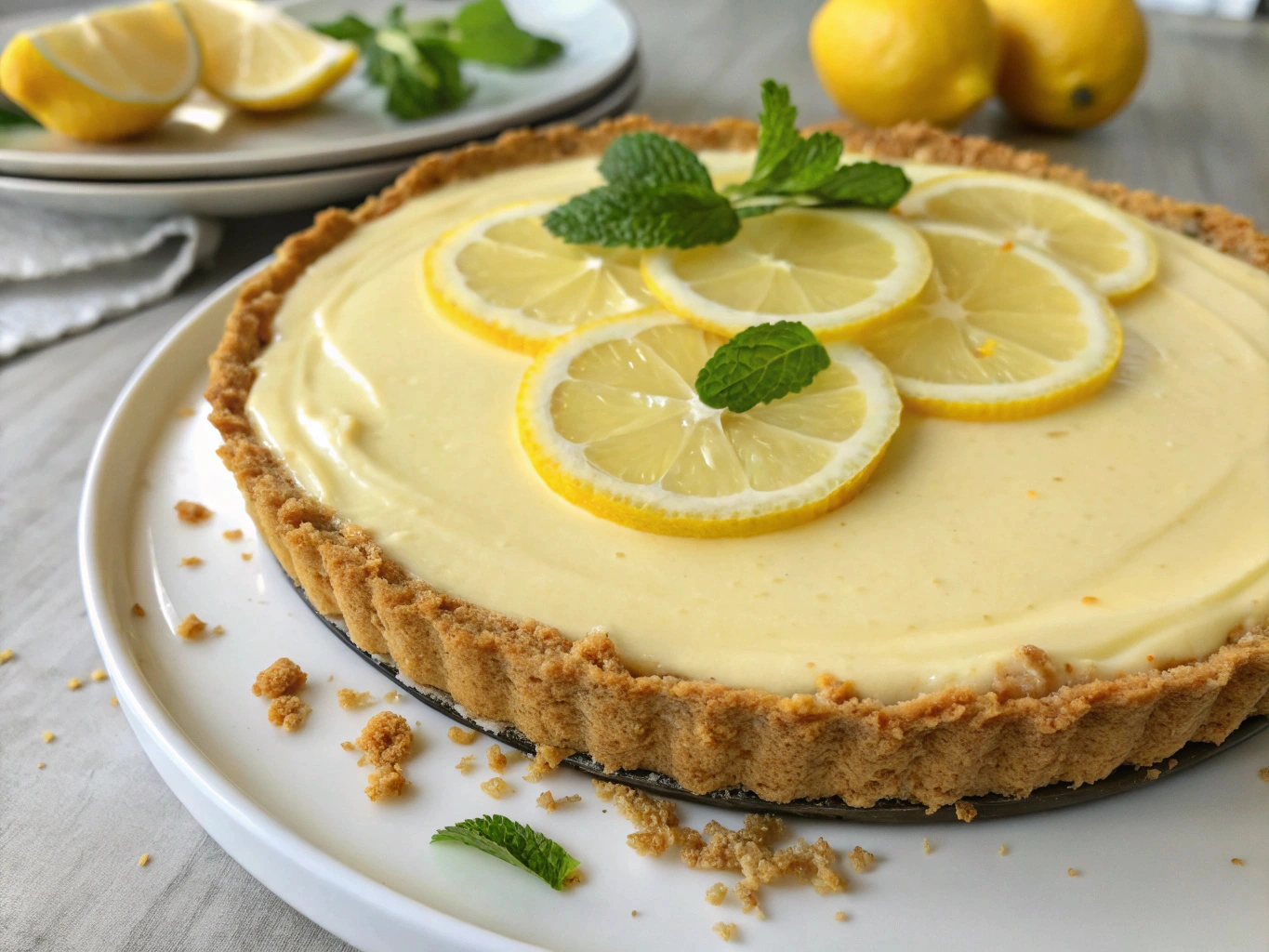

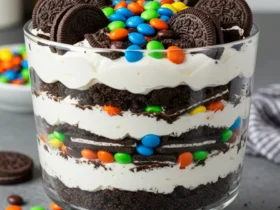
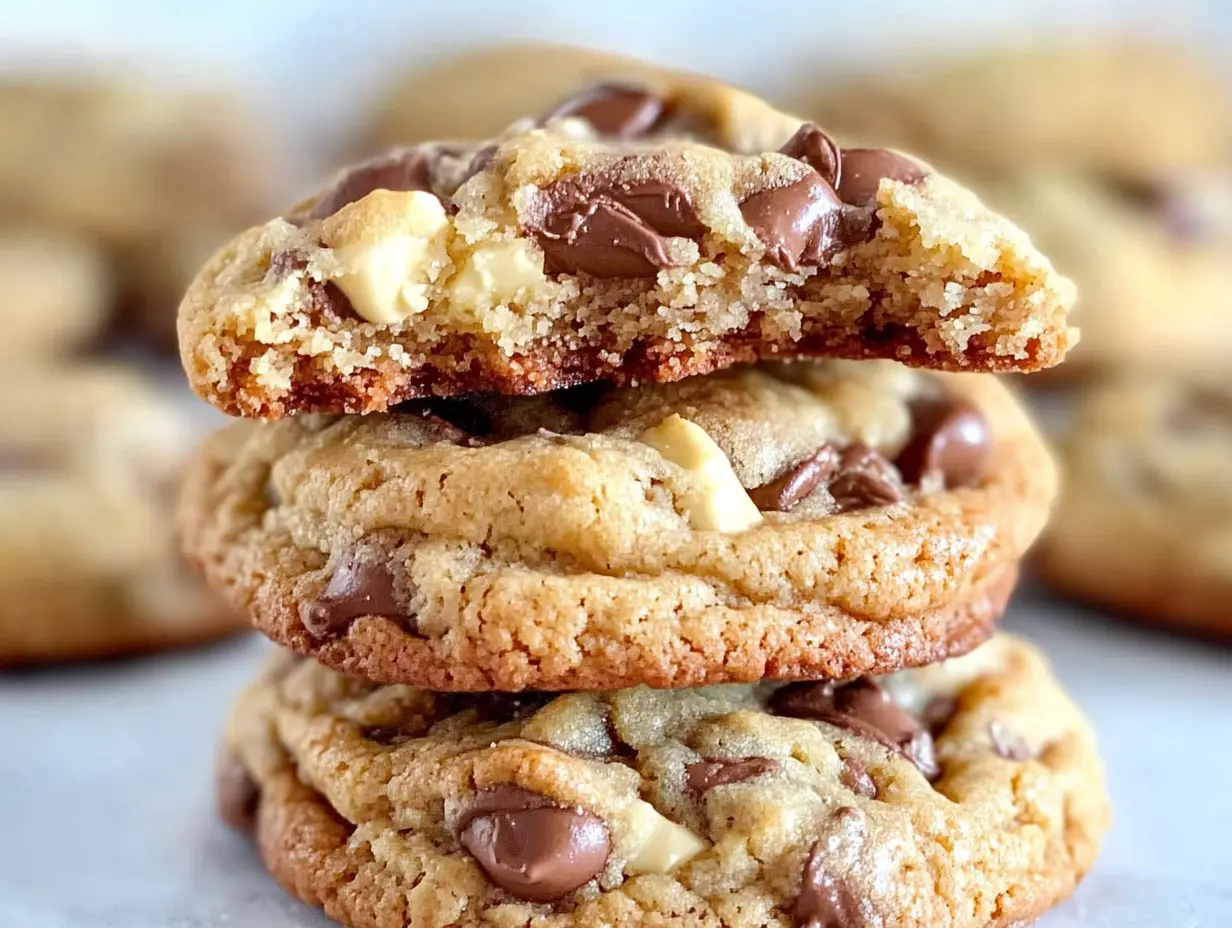
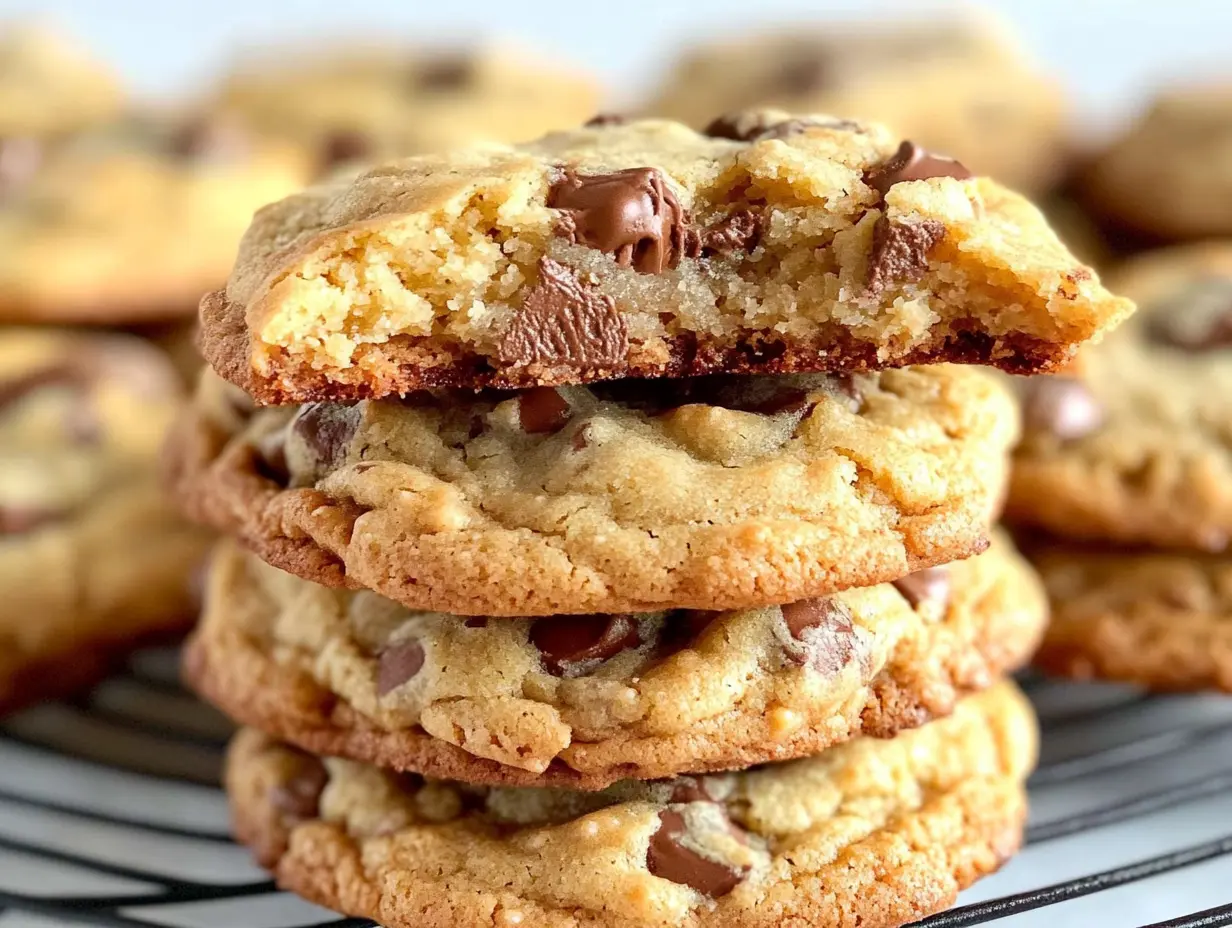

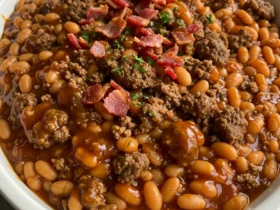

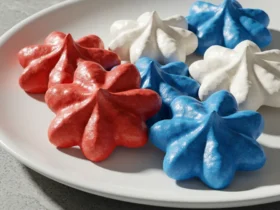
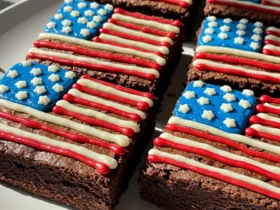
Leave a Reply